How to choose a city helmet
Five tips for choosing the right helmet for riding to work or the shops
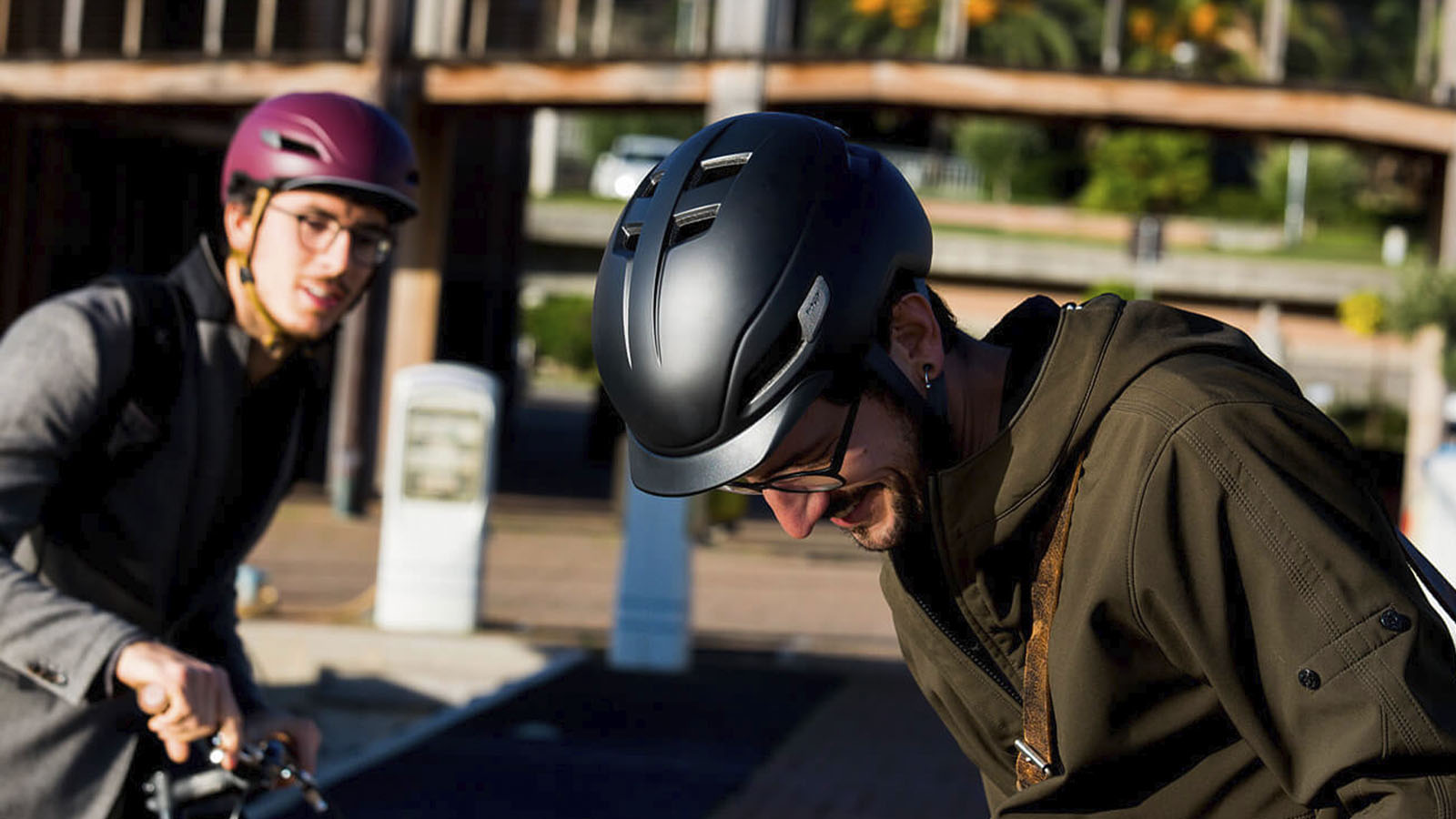
Here at Cyclingnews, we’ve always believed that using bikes is the best way to get around. Whether it be in full lycra or your farm clothes, bikes are fast, efficient, dirt cheap to maintain, and environmentally friendly.
With much of the world grinding to a halt due to the ongoing COVID-19 pandemic, the wider community is now learning what we have long known to be true about bikes. In cities around the world, from New York to Athens, Berlin and Sydney, vast swathes of tarmac in busy city centres are being converted from automobile lanes to infrastructure for cyclists and pedestrians.
While protected infrastructure keeps cyclists safe, as a wise former WorldTour pro once said, “it’s up to you to save your own life out there.” Beyond being aware of your surroundings, and riding defensively, your gear can also help to keep you safe out on the road in more ways than one.
The most obvious piece of safety gear on the bike is a helmet and choosing the right helmet can be the difference between a lovely roll to the shops, and getting there with a headache and helmet hair. Here are the five tips to help you find the right helmet for urban riding.
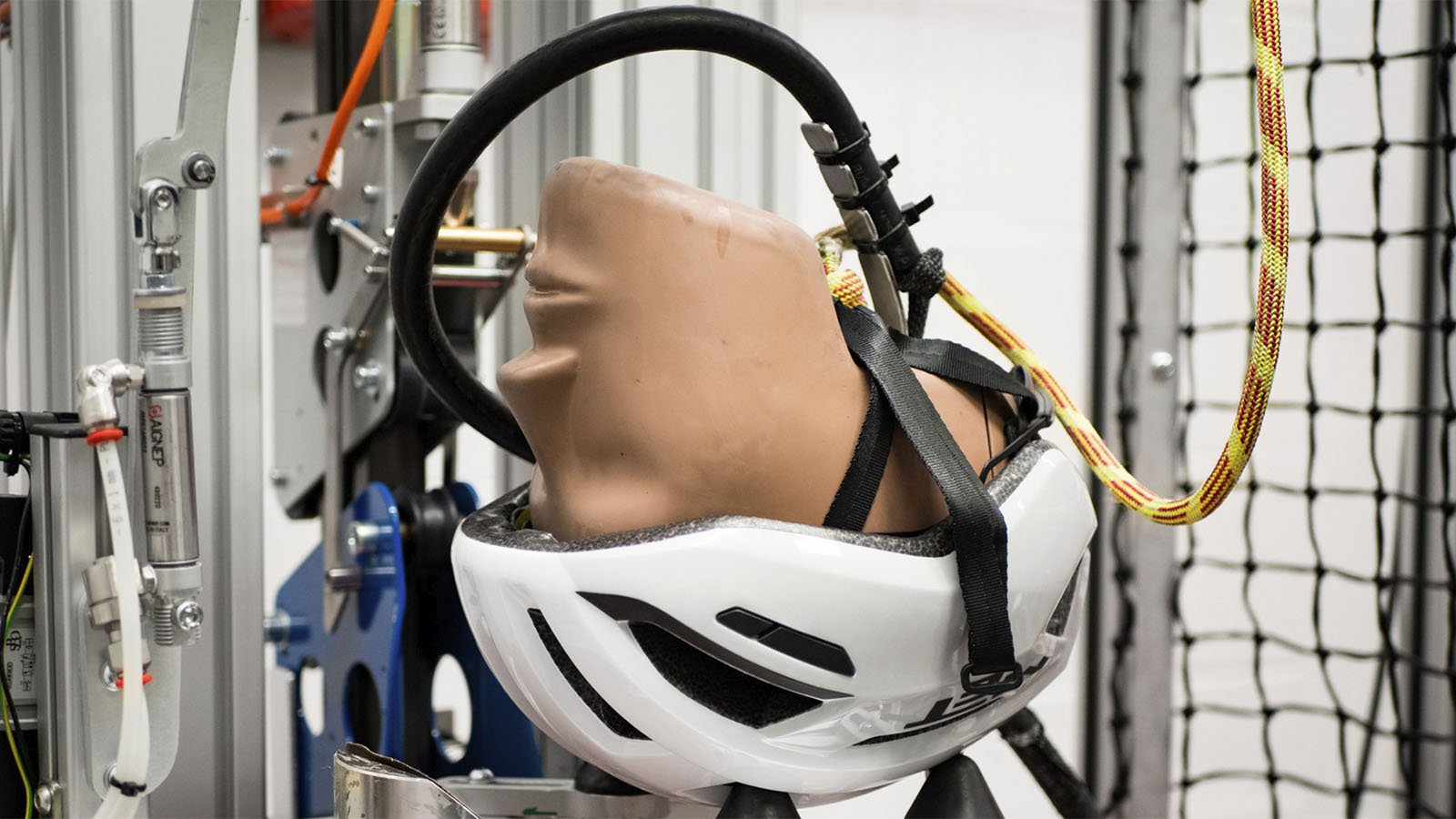
Safety
Every helmet has been tested to a basic safety standard regardless of whether it’s a mountain bike helmet designed to keep riders safe hitting jumps and drops, or a child's Ninja Turtles lid purchased from your local sporting goods store.
These standards are region-specific, with the CE standard covering Europe, CPSC the US, and AS/NZS 2063 for Australia and New Zealand — the latter is the most stringent. With the advent of eBikes, which allow riders to maintain a higher average speed than a non assisted commuter bike, there is also a new NTA-8996 certification. Helmets which meet this standard, like MET's Grancorso, are intended to protect against impacts at higher speeds and provide more coverage.
It’s essential to make sure your helmet is tested and approved to the standard based on where you live; otherwise, you may be subject to hefty fines depending on your local rules and regulations. MET has its own state of the art impact and safety testing facility and can replicate the various impact tests used across the globe in-house.
While each helmet standard has slightly different limits on force transmitted and retention after an impact; they are all there to ensure your helmet, no matter the price point, won’t completely disintegrate in a crash. With helmets designed specifically around these standards, a more expensive helmet won't be any safer; instead, it will be lighter, better vented and have features like a more adjustable retention system, and magnetic clips.
No matter the helmet, if it doesn’t fit your head, or is worn improperly, any potential impact protection could be compromised.
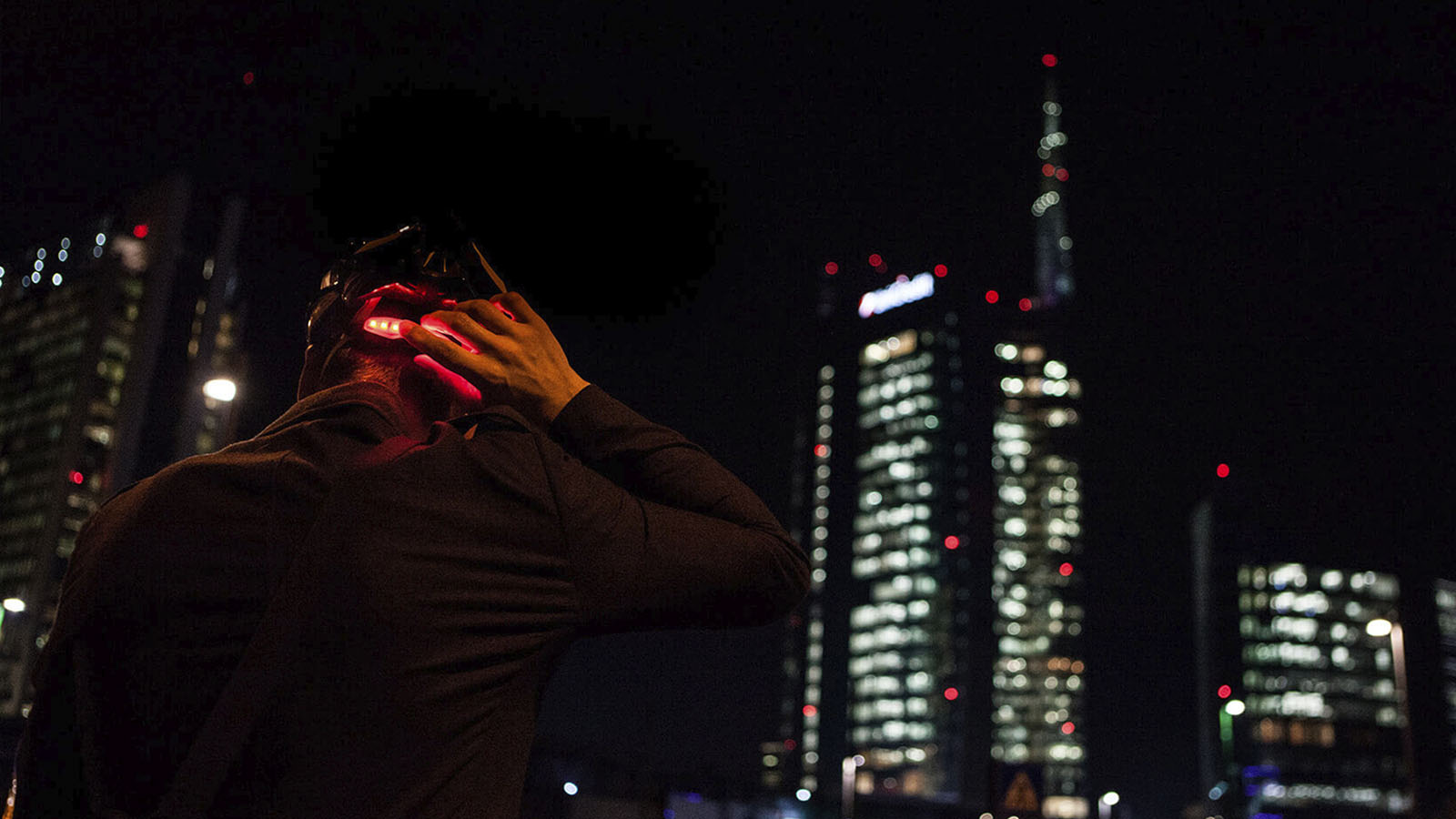
Visibility
As cyclists mix with cars, making yourself conspicuous is paramount to your safety whether that be on a quiet country road, or rolling through a busy town centre. Drivers are ever more distracted with phones, and colossal sat-nav systems drawing their attention everywhere except on the road. Worse, according to a 2012 study found that even when drivers are watching the road, they are mostly paying attention to areas where they expect to find cars.
Another study conducted by Clemson University found that cyclists greatly overestimate the distance from which we can be seen by other road users — especially at night.
So, the more attention riders can draw to themselves, the better, and we do have a few weapons in our arsenal.
Bright, contrasting and fluorescent colours are a good start, reflective panels are better, and lights are the best.
All of MET’s commuter range helmets are available in Safety Yellow, in addition to a variety of other colours, and most have a DUO LED light integrated into the retention system. The new MET Grandcorso lid takes integrated visibility a step further with the bottom half of the shell finished in a reflective coating to boost 360-degree visibility. The helmet can be fitted with the accessory USB LED that clips directly onto the Safe-T Advanced Fit System which features six high-intensity red LEDs and is visible from up to 500m.
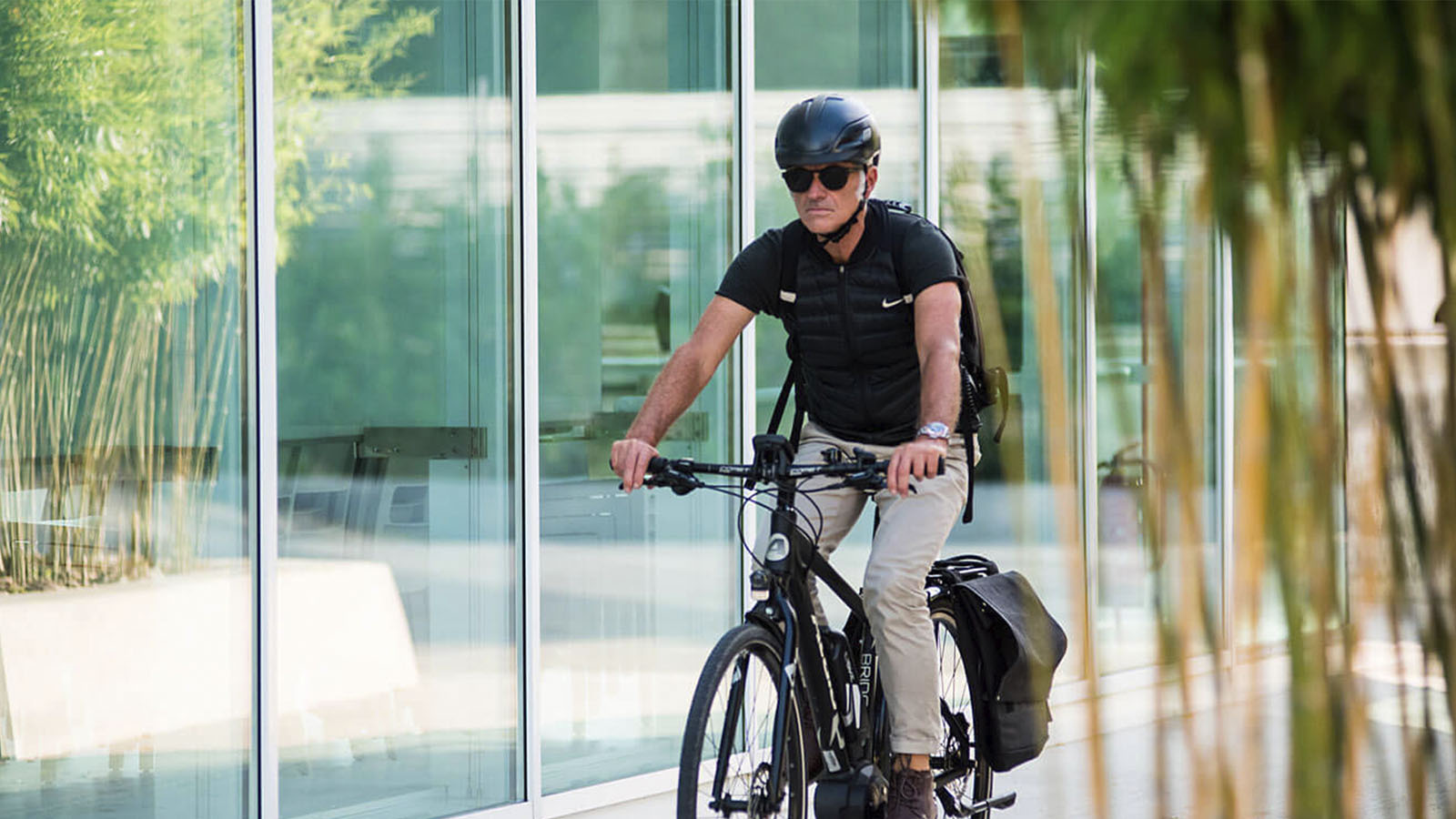
Style and comfort
There is nothing worse than dorky commuter gear, but at the same time, urban riders may not want to look like they are lining up to ride the Tour de France on a quick trip to the shops. Commuter helmets like the MET Corso and MET Grancorso have a rounder, more stylish aesthetic, while the MET Allroad is a bit more sporty.
Regardless of the way a helmet looks, it needs to be comfortable to wear.
Everyone’s head is a slightly different shape, and each brand manufactures its helmets based upon a somewhat different head form. Some are distinctly more oval-shaped, while others are closer to a perfect circle, but finding a helmet that closely matches the shape of your skull is the key to a comfortable fit. Typically helmets from American brands have a rounder shape, while European based brands seem to work off of a more egg-shaped form.
Then there is the retention system; while the straps are the primary mechanism that keep a helmet attached to your noggin, the retention system adds another layer of stability using the occipital bone to brace the helmet and prevent it becoming skew-whiff as you ride, or moving in a crash.
All the helmets of the MET city range feature dial-based retention systems that go all the way around your head; as turn the dial, the all-around belt tightens evenly around your head. For a precise fit, the MET Corso, MET Grancorso and MET Allroad have four positions of vertical adjustment, and are ponytail friendly.
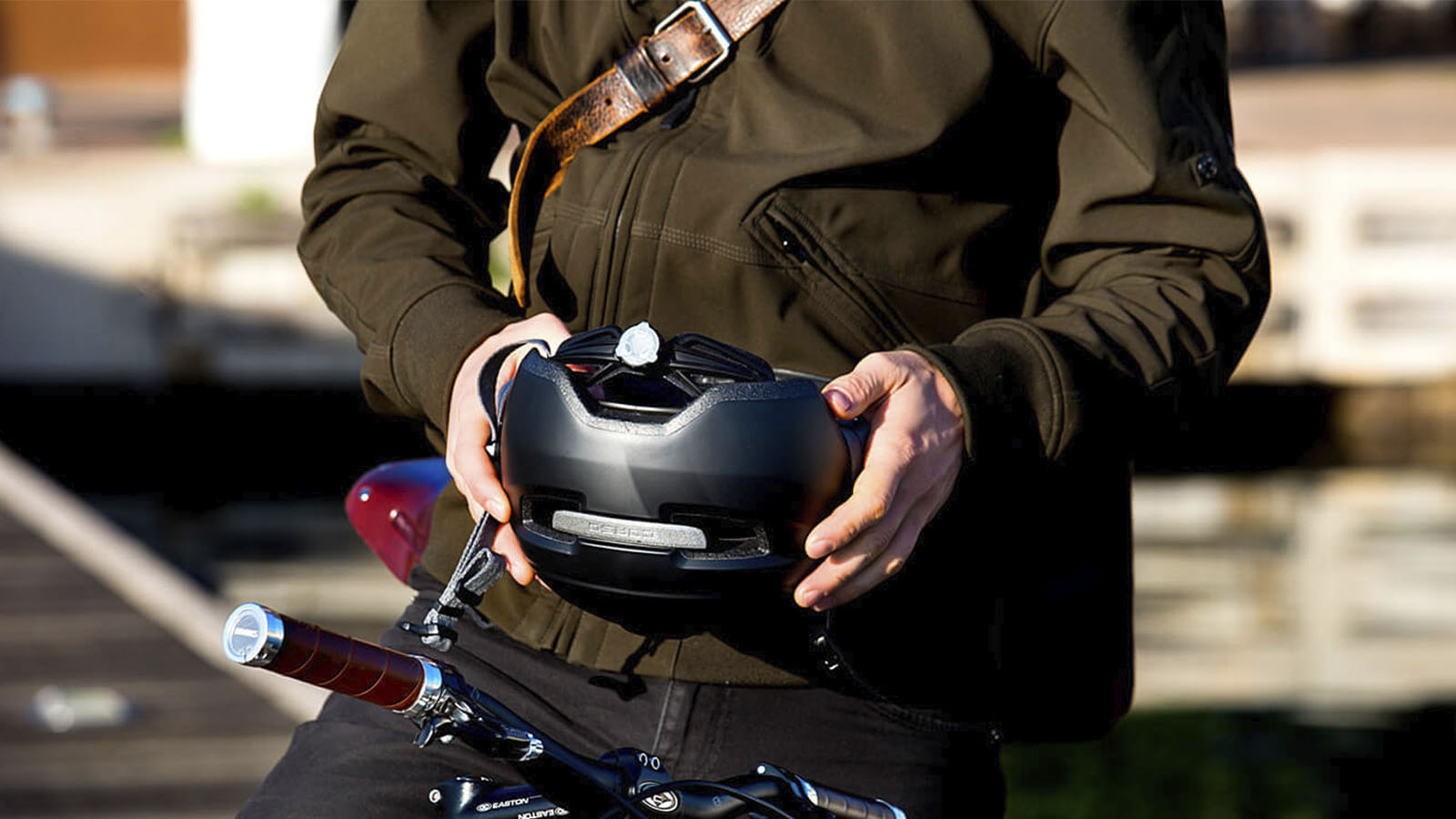
Durability
EPS (Expanded Polystyrene) foam is a fantastic material for the way that it can disperse the energy of an impact, but it’s quite fragile and only works one time — once it’s compacted, it needs to be replaced. Just through daily life, helmets are dropped, bumped into door frames and may have things placed on top of them — all of this can leave dings and dents in any exposed foam.
All helmets will have a hard shell to protect the foam beneath, but cheap brain buckets, like those purchased from big box sporting goods stores or supermarkets, will often just have a plastic cover glued or taped over the top, that will fall off in time. High-quality lids will be manufactured with an in-mould constriction, where the polycarbonate shell is bonded to the EPS foam using heat. Not only does this prevent the hard shell from separating from the foam underneath, but it also ensures an even spread of foam throughout the lid, preventing the ‘beer can effect’ you'll find when you poke a cheapy helmet purchased from a general sporting goods store.
This bonded polycarbonate outer layer not only serves as the first line of defence from small dents and dings from bumps and drops, but also adds additional impact protection in a crash.
All of MET’s commuter helmets are also backed by the brand’s crash replacement policy. Should you take a tumble and need a new helmet within two years of purchase, MET will replace your lid at a reduced cost to get you back out on your bike.
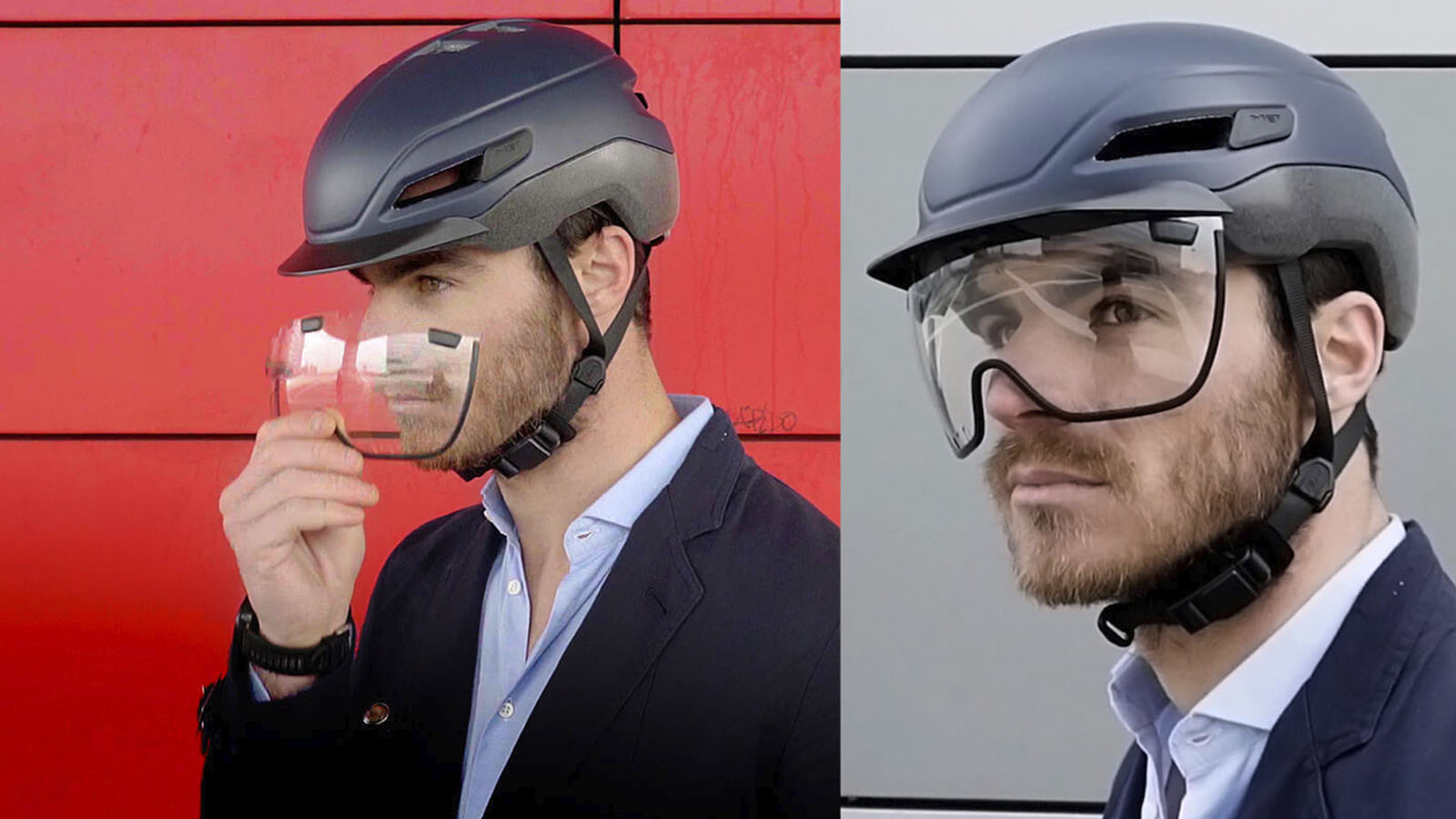
Bells and whistles
Visor or no visor? BYO eye protection or built-in? Standard straps or ultra-light webbing with a magnetic buckle?
Safety is the first priority of any helmet, but what you look for in headgear will vary depending on if you're commuting in Brisbane or Berlin. For hot and humid climates, the 17 vents and internal channelling might be just the ticket for those trips home from work on warm summer evenings.
If your climate is distinctly more British, the magnetic eyeshield on the MET Grancorso might be just the ticket to keep the rain of your prescription glasses.
Or maybe your commute involves a few laps through the skate park to blow off some steam, in which case the extended coverage of the MET Zone will likely provide you and your loved ones a bit of peace of mind.
Get The Leadout Newsletter
The latest race content, interviews, features, reviews and expert buying guides, direct to your inbox!
Cyclingnews is the world's leader in English-language coverage of professional cycling. Started in 1995 by University of Newcastle professor Bill Mitchell, the site was one of the first to provide breaking news and results over the internet in English. The site was purchased by Knapp Communications in 1999, and owner Gerard Knapp built it into the definitive voice of pro cycling. Since then, major publishing house Future PLC has owned the site and expanded it to include top features, news, results, photos and tech reporting. The site continues to be the most comprehensive and authoritative English voice in professional cycling.